Learner-Centered Teaching
By Maryellen Weimer
Thesis: Instructional action should focus on students learning. In order for teaching to more effectively promote learning, instructional practice needs to change in five areas.
Five Key Changes to Practice




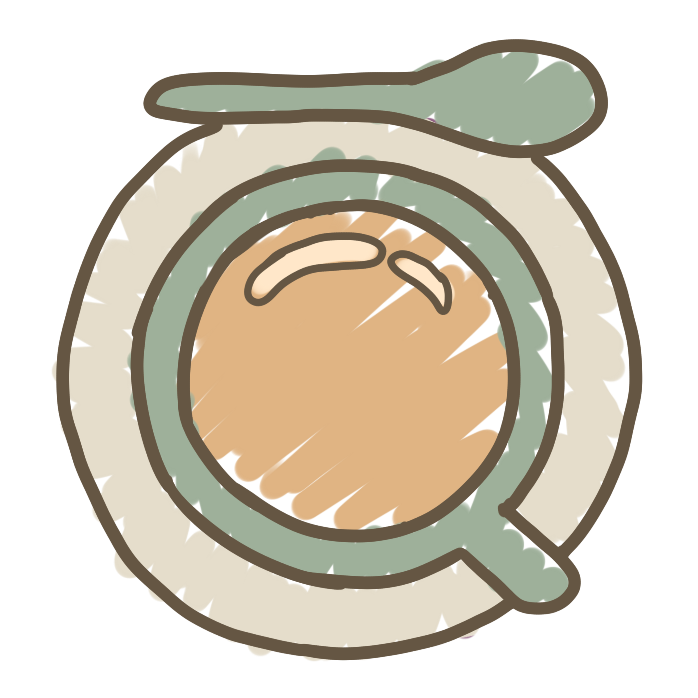

1. The Role of the Teacher
Currently: Most instructional practice still features teacher action.
The Change: Instructional action should focus on students learning
Examples: Approaches that overcome the propensity to tell – not “going over” the syllabus, how-to study advice
Implications: Facilitative roles are more difficult and no less central in student learning experiences
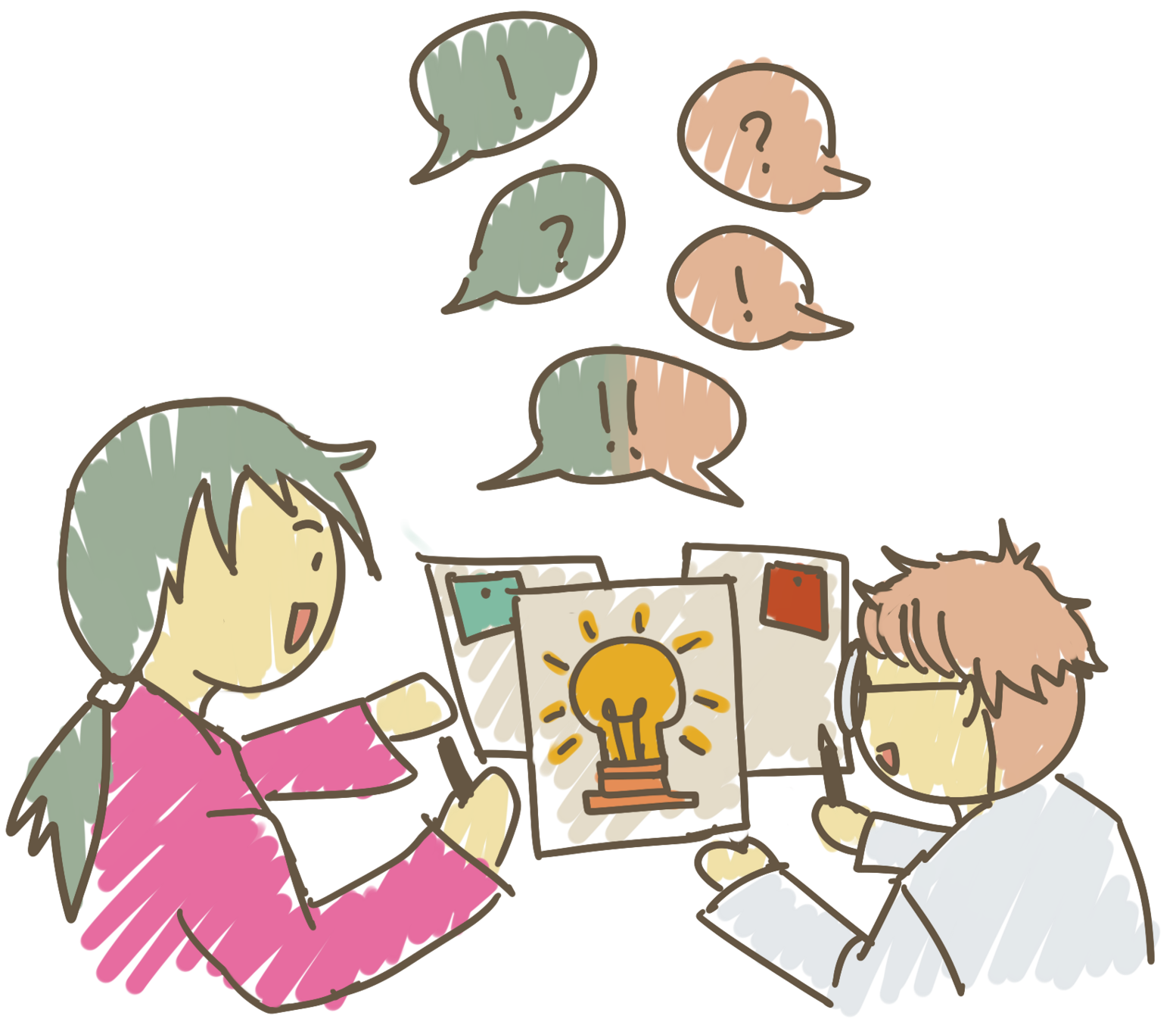
2. The Balance of Power
Currently: Faculty make the key decisions about learning for students.
The Change: In ethically responsible ways, faculty share decision-making about learning with students.
Examples: Assignment choices and policy setting
Implication: Teachers control less, but students are involved more.

3. The Function of Content
Currently: Faculty cover content with the goal of build strong knowledge foundations.
The Change: Content should be used to build a knowledge base and to develop learning skills and learner selfawareness.
Examples: Approaches that do not separate learning strategies from content – end of class summaries, exam review sessions
Implication: Teachers cover less, but student learn more.
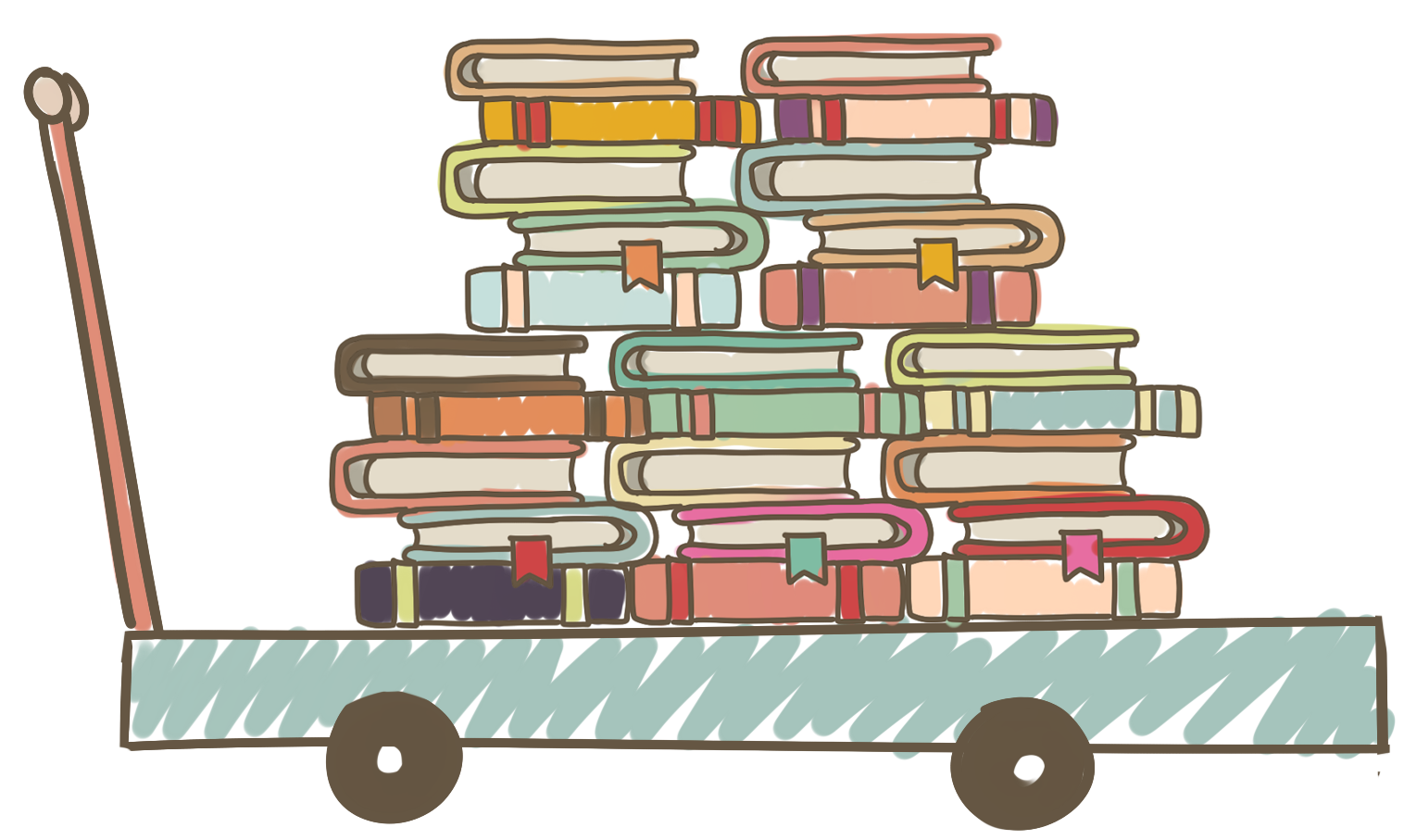

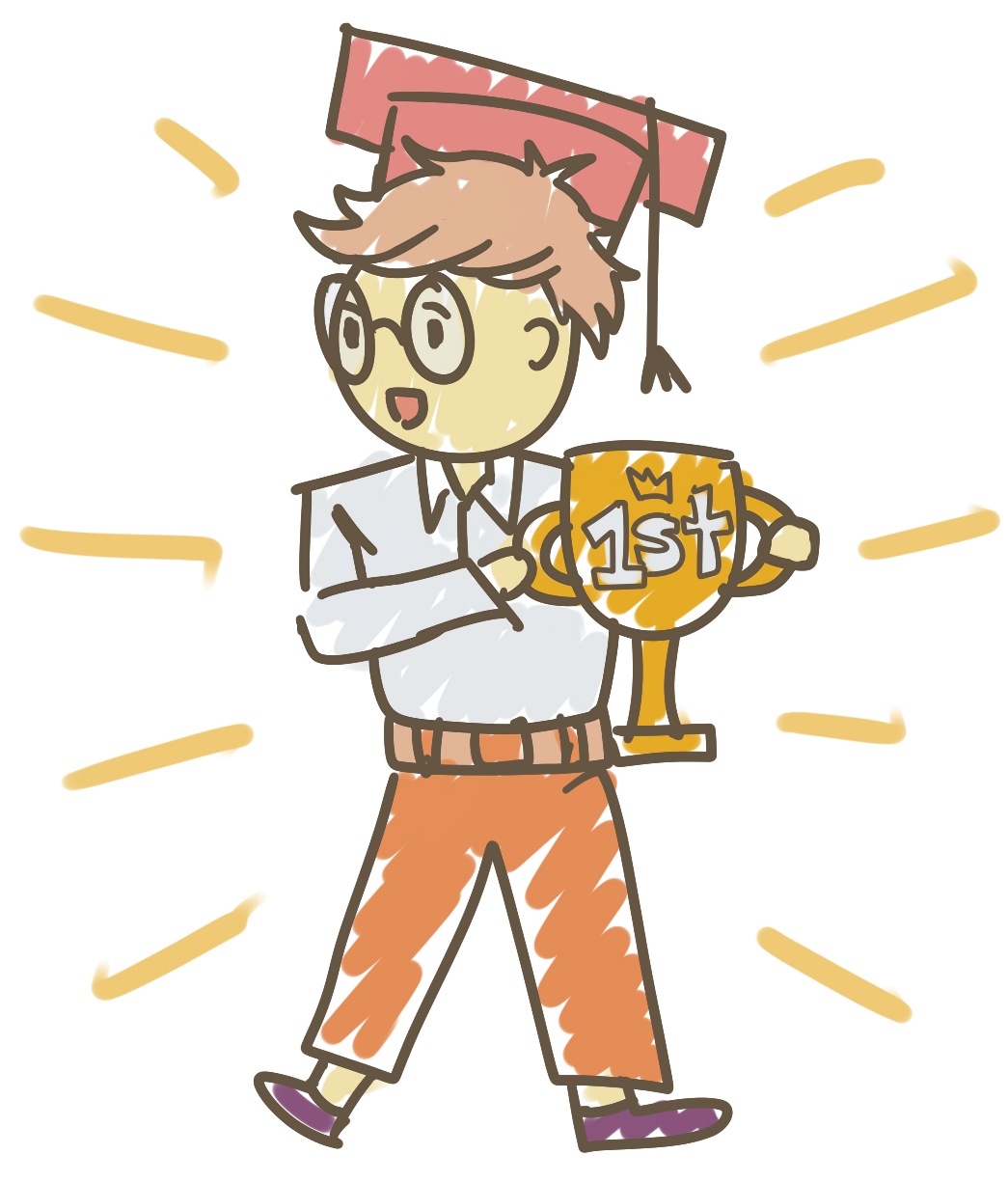
4. The Responsibility for Learning
Currently: Faculty “force” learning on reluctant participants.
The Change: With students, faculty create learning environments that motivate students to accept responsibility for learning.
Examples: Activities to create constructive classroom climates and let there be logical consequences
Implication: As students grow more autonomous, they need teachers less

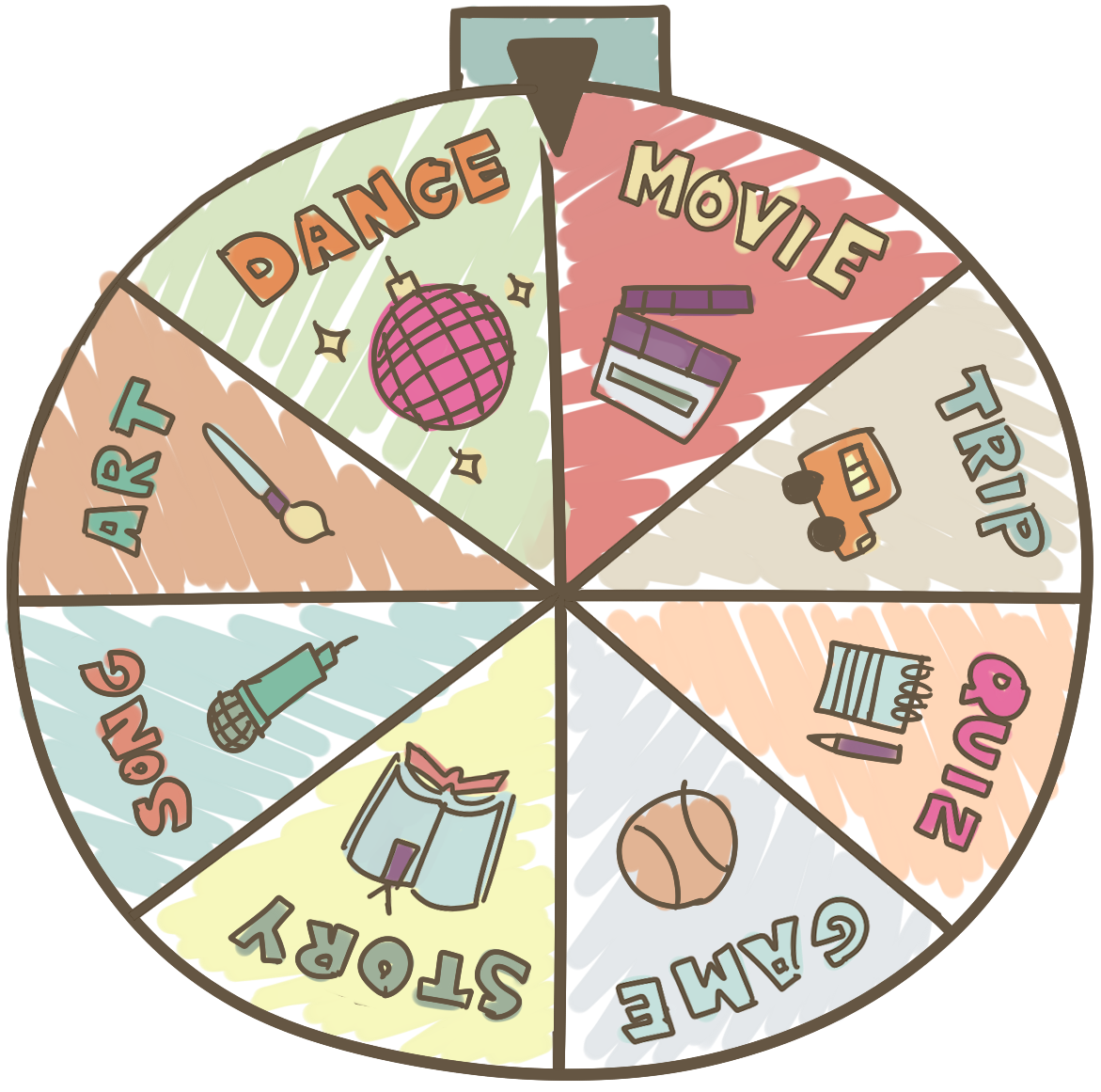


5. The Processes and Purposes of Evaluation
Currently: Evaluation activities are grade-oriented and completed exclusively by teachers.
The Change: Evaluation activities should also be used to promote learning and to develop self- and peer assessment skills.
Examples: Ways to use self- and peer assessment - participation
Implication: Accurate self and peer assessment results in fewer arguments over grades


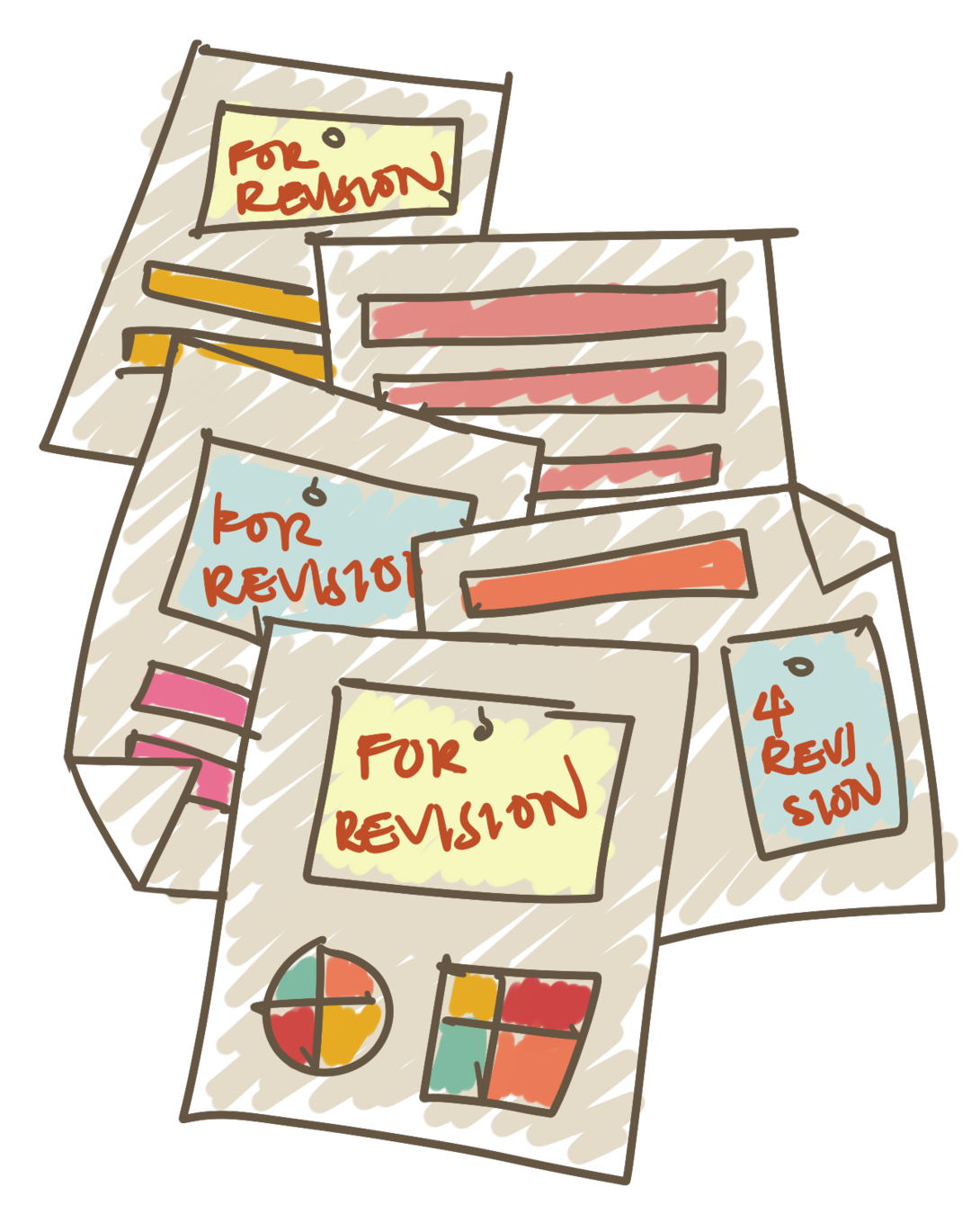
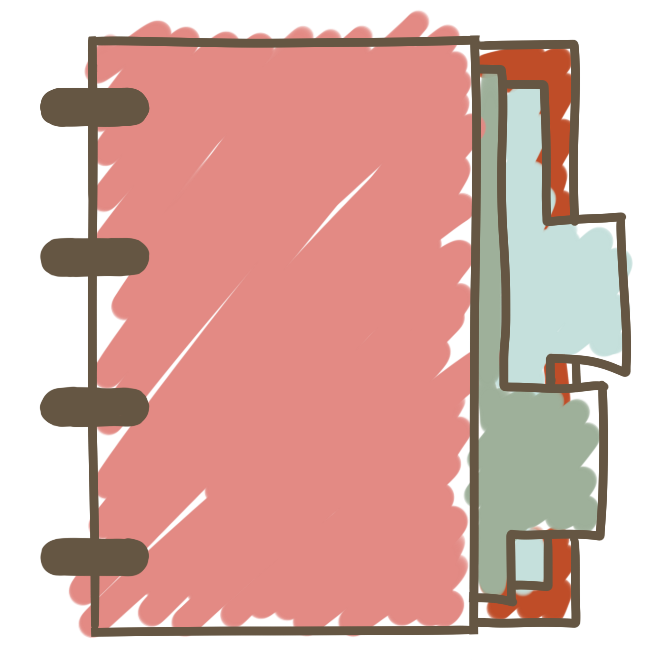
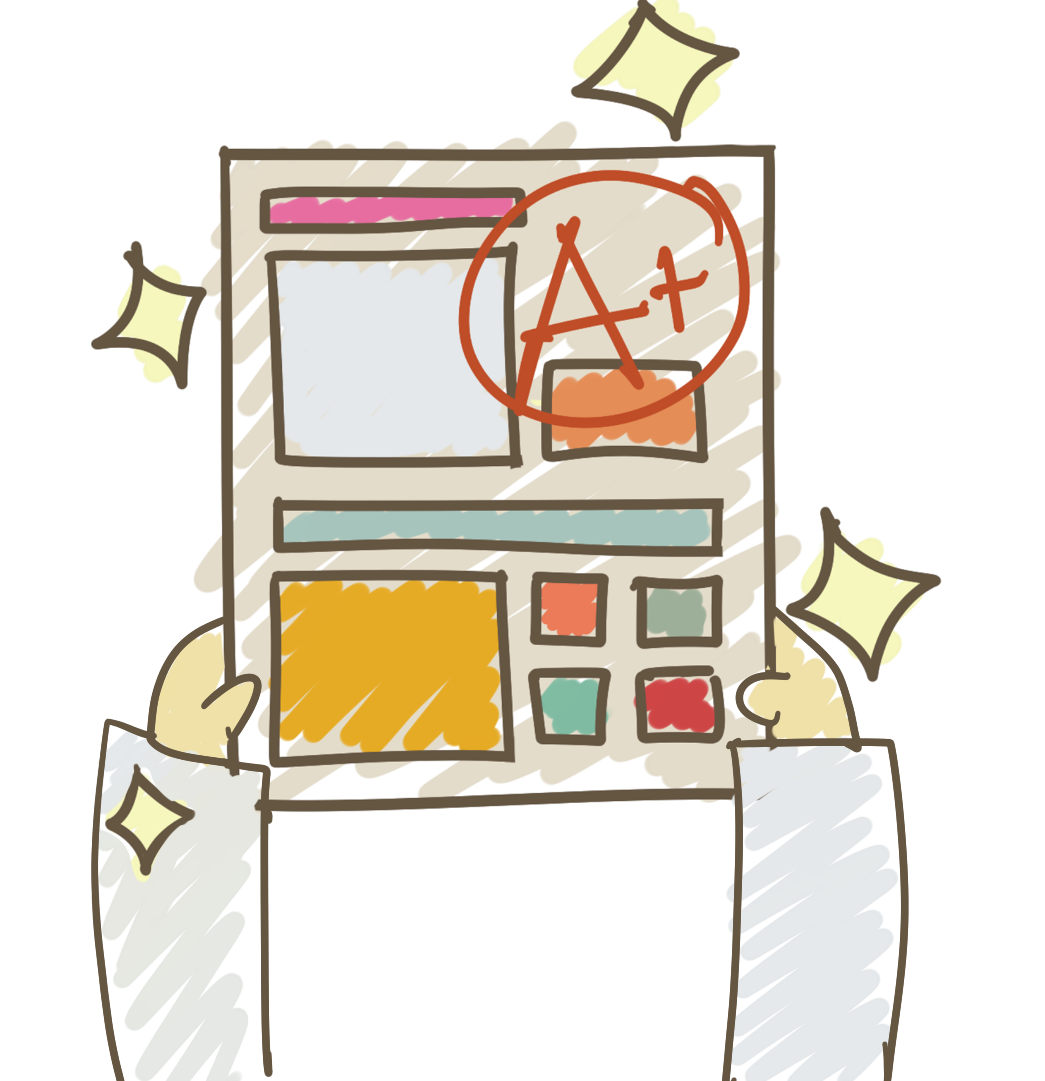

5 KEY CHANGESTitle Text
By Lea Sacdalan Abarentos
5 KEY CHANGESTitle Text
- 1,130



